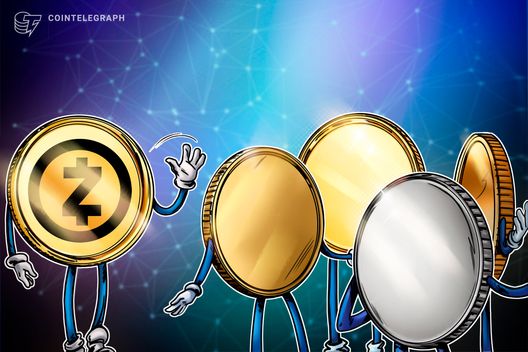SIFMA panel predicts respite from interest rate increases
3 min read
Municipal market participants looking for signs about what the future holds for interest rates received a prediction of a pause in hikes from a Securities Industry and Financial Markets Association-sponsored roundtable of economists Wednesday.
The Federal Open Market Committee is scheduled to meet next week with many experts expecting to see a pause in federal fund rate hikes after ten straight upticks. The climb has pushed short-term rates from near zero to over 5%, the highest level in 16 years. Rising rates means falling prices for bonds with higher yields. Municipal bond issuance dropped 29% year-over-year in May, but the consensus is the Fed is due for a breather.
“The Fed is indicated a willingness to pause and will likely do so this month,” said Dr. Lindsey Piegza, chief economist, managing director, Stifel Financial Corporation and chair of SIFMA’s Economist Roundtable. “The data do not support the need for a pause, any decision to do so would not be made because of the data but really in spite of the data.”
Piegza presented the evidence via a webinar on Wednesday along with a 100-page report that surveyed nearly thirty chief economists from global and regional financial institutions. To support the pause theory, the roundtable members parsed statements issued by the Fed, looking for clues.
Per the report, “In March, the statement noted the Committee anticipates that ‘some additional policy firming may be appropriate.’ After the May meeting, that wording was replaced with ‘in determining the extent to which additional policy firming may be appropriate,’ a small but important distinction.”
SIFMA and other fed watchers are quick to point out that a pause does not mean a complete halt to future hikes. In a widely-reported speech in late May, Fed governor Philip Jefferson said, “A decision to hold our policy rate constant at a coming meeting should not be interpreted to mean that we have reached the peak rate for this cycle.”
The hikes are an attempt to bring inflation down to the Fed’s target level of 2%, but according to the most recent numbers, the trend is still heading north. The Bureau of Labor Statistics reports that the Consumer Price Index was 4.9% in April, showing a rise of .4%. New numbers are due June 13, the same day the Fed kicks off the meeting.
SIFMA’s roundtable postulates that the Fed’s anticipated pause may be spurred by a known lag time between rate hikes and economic effects. They also point to ongoing conflicting economic indicators including a robust labor market and strong consumer spending.
The possibility of the country slipping into a recession seems to be fading, although Piegza acknowledged that it could still materialize. “We do expect that onset of negative activity to come into play by the end of the year by the fourth quarter of 2023, and continue into the first half of 2024,” she said.
Piegza also addressed concerns about the level of the Treasury’s expected new debt issuance as some reports expecting over a trillion dollars’ worth of fresh paper. That much capacity could suck a prodigious amount of capital out of the market.
“The Treasury Department’s discussions suggest that the market can absorb about $600 billion of new bill issuance over the next three months without causing significant price deviation. So, I don’t see this necessarily as the calamity,” said Piegza.






